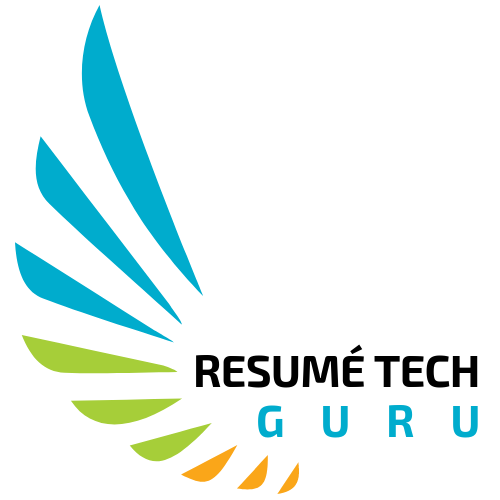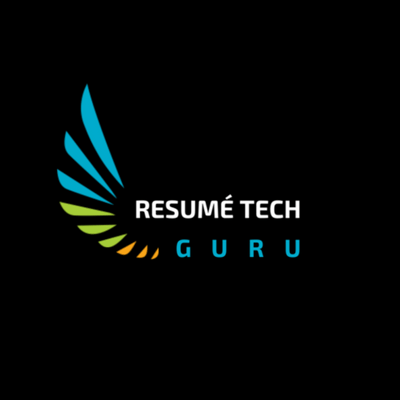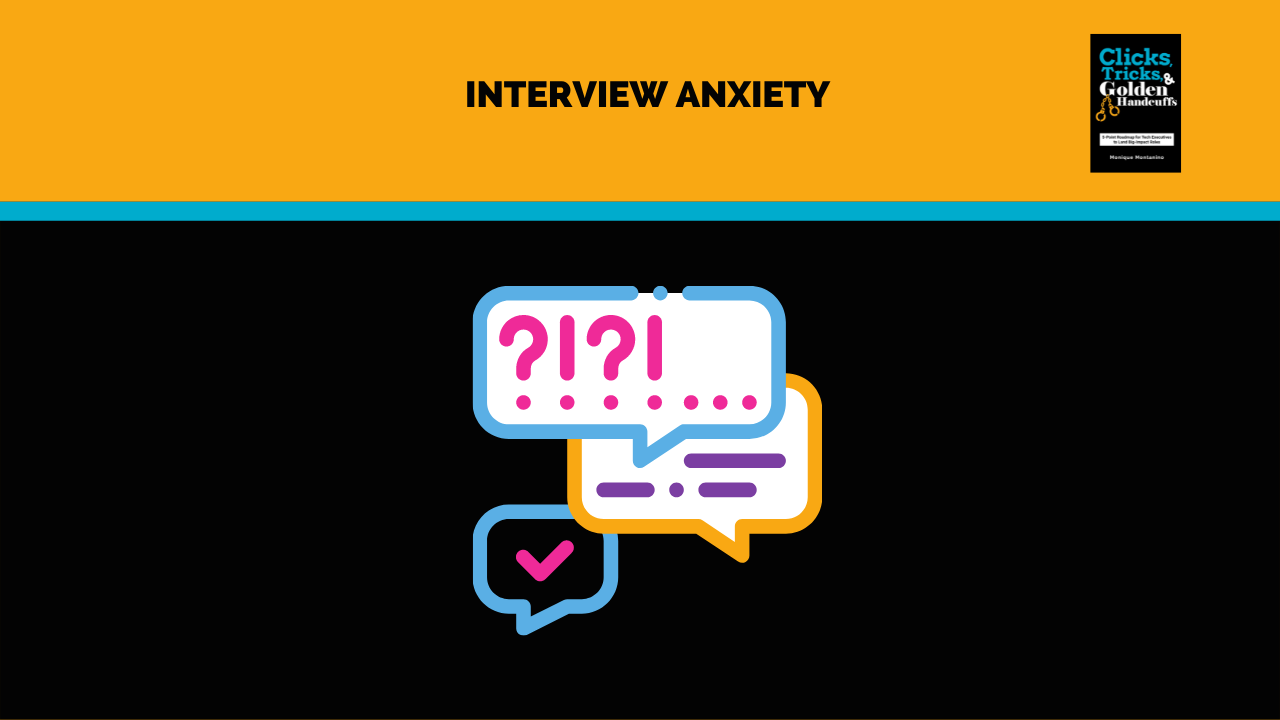Are you one of the 75% of the population that suffer from glossophobia? Bet it hasn’t shown up in your Wordly daily puzzle.
“Glossophobia, or a fear of public speaking, is a very common phobia and one that is believed to affect up to 75% of the population. Some individuals may feel a slight nervousness at the very thought of public speaking, while others experience full-on panic and fear.”
While collaborating with clients and the three women I mentor in tech, we have made public speaking a key component of their career brand for thought leadership. On a personal front, I’ve made speaking opportunities a 2022 top priority to participate in tech symposiums and book publishing workshops.
I’m a recovering glossophobic. As I share in my book Clicks, Tricks, & Golden Handcuffs, my pivotal public speaking snafu occurred in adolescence.
“My junior high school days in—wait for it—a drama class created my brain chaos. A poem I wrote … earned me the opportunity to participate in a district-wide reading competition; this event was a new situation. More dubiously, I cannot recall practicing for the recital, but I remember freaking out and not reading aloud the day of the competition. Keep in mind, I wrote the poem, but, no matter, I literally froze after the first line of the poem, zero words emitted from my mouth, leaving a 12-year-old crestfallen and marked for life.”
The good news is I got help, and you can too.
Power of Great Communication
As articulated by Carmine Gallo in her Harvard Business Review article, there are many benefits to being a great communicator.
- Land the job of your dreams
- Elevate your stature in the organization
- Attract investors to your startup
When collaborating with clients searching for a new role, I ask them to share three job postings to identify critical responsibilities and qualifications. I’ve reviewed over 700 job postings for technology executives in the past four years. Guess what? Every company is seeking candidates with “strong verbal and written communication skills” that articulate problems and recommend solutions.
How Can You Up Your Speaking Game?
The intricacies of public speaking are related to your content and your delivery:
- pace and pitch
- filler and hedging words
- pronunciation
- grammar and word inclusiveness
- dynamism and persuasiveness
- body language
The bottom line is that if you’re part of the glossophobia club, you need to get help. There are plenty of paid and free resources for you to improve your speaking skills. On the paid side of the spectrum, you can:
- join a local Toastmasters International group
- hire a speaking or interviewing coach
- seek out a speech therapist; I hired one to overcome a foreign-language speech impediment
If you want to test the waters without a monetary investment, I suggest:
- study great public speakers on Ted Talks, LinkedIn, YouTube, or streaming news channels
- sign up for Coursera’s “Dynamic Public Speaking” taught by Dr. Matt McGarrity and offered by The University of Washington with a 7-day free trial
- use your Microsoft PowerPoint speaker coach, which is available on all platforms, including web, Windows, Mac, iOS, and Android
The Interviewing Game has Changed, It’s Virtual
When it comes to your dream job, the glossophobia phenomenon might rear its ugly head. Over 70% of my executive clients absolutely dread the thought of a 1:1 or panel interview. And I’m talking about General Managers, Vice Presidents, and Directors who work for Microsoft, AWS, Intel, IBM, and Google.
But wait, there’s a plot twist.
A Gartner survey indicates 86% of companies are conducting virtual interviews to hire candidates. Plus, a growing number of firms are using AI software for interviewing.
You might think it’s challenging enough to talk to a human during a job interview, but what about a robot? Meaning no person is sitting on the other side of the video; it’s you responding to pre-determined questions facing your computer or phone camera. Talk about a black hole.
An Insight Partner’s report reveals that the interviewing software market will reach $407 million by 2027, with a CAGR of 11.3% from 2020 to 2027. ClearCompany, HireVue, InterviewStream, Jobvite, Inc., Modern Hire, Shine, skeeled, Spark Hire, VidCruiter, and Yello are among the players operating in the global video interviewing software market with significant market share.
According to the Smith Brain Trust at The University of Maryland, Hilton Hotels, Under Armor, BASF, UnitedHealth Group, and the U.S. Postal Service use pre-recorded video interviews through a platform like HireVue to interview large numbers of potential candidates more efficiently than they otherwise could.
To be clear, I’m not seeing the pre-recorded video interviews happening with my executive clients, but I do foresee it happening in the future.
I’m quite excited about the Yoodli app, built with AI-powered technology to help people practice and improve their communication skills without the pressure of an audience. Yoodli’s startup cofounder Varun Puri invited me to participate in the company’s coaches advisory council. While the app is currently in Beta, I’m testing this with my clients and using it myself for upcoming presentations. This tech has legs since it’s backed by the Paul Allen Institute for Artificial Intelligence and the Madrona Venture Group for $1 million in VC funding. The founding team includes GoogleX, Apple, and the MIT Media Lab alumni. You can sign up for their waitlist at www.yoodli.ai/.
Interviewing Preparation
Now it’s time to take control and come up with a plan for your chat with a recruiter or job interview panel. Here are four suggestions to re-wire your brain for your next opportunity.
- Stories: Prepare six phenomenal stories and write them out in a 3-part answer format. I share with my clients the CAR format—what’s your story’s Context, your Actions, and the ultimate Result?
- Leadership
- Team building
- Innovation
- Problem-solving
- Biggest mistake
- Differentiators
- Elevator Pitch: The 1st question you’ll be asked inevitably is to “tell me about yourself.” I believe in the simplicity of three parts for answering an interview question.
- Who: Explain who you are from a career perspective.
- Evidence: Place your experience into context and use a statistic or quantifiable measurement.
- Results: Highlight intangible strengths you deliver to a hiring company.
- Example: “I have arrived full circle from corporate brand consulting at Coca-Cola, General Motors, and the U.S. Army to personal brand consulting for technology executives. After 18 years as a marketing and sales executive at Fortune 500 companies, I retired early four years ago. I got bored, became a volunteer career advocate, and my former colleagues mentioned they would pay me for help on their resumes and LinkedIn profiles. Pivoting, I became a certified career coach, and my personal brand consulting practice for technology executives was born.”
- Recordings: Tell your elevator pitch and six remarkable stories out loud in 1-minute and 5-minute versions.
- Since you’re most likely going to be conducting a 1:1 via video, record yourself using non-corporate-owned conferencing services such as Zoom, Slack, or Google Meet.
- Practice for 15 minutes every day, and you’ll gain more confidence in your delivery.
- Practice Video Assessment: I’ve conducted a fair amount of research, and there seems to be a considerable gap in desktop versions of public speaking software.
- Although most job video interviews for my executive clients don’t happen over the phone, you can download the followings phone apps Rev Voice Recorder, Orai, and Ummo that charge a fee for transcription and/or usage.
- For a practice pre-recorded video assessment as a job candidate, you can download the TalView app to your phone. While the app won’t rate your performance, you’ll at least understand the environment of pre-recorded video interviews.
- As one of my clients, I’m happy to share the Yoodli app, which features real-time analytics and tracks your progress on your desktop plus your phone. Yoodli’s software platform records users as they deliver their presentations and then points out where they could speak more clearly, cut back on the “ums” and other filler words, and improve their use of eye contact and gestures. Users can also solicit feedback from colleagues and me as a coach.
Don’t you think it’s time to conquer your glossophobia? If I can, you can too.



